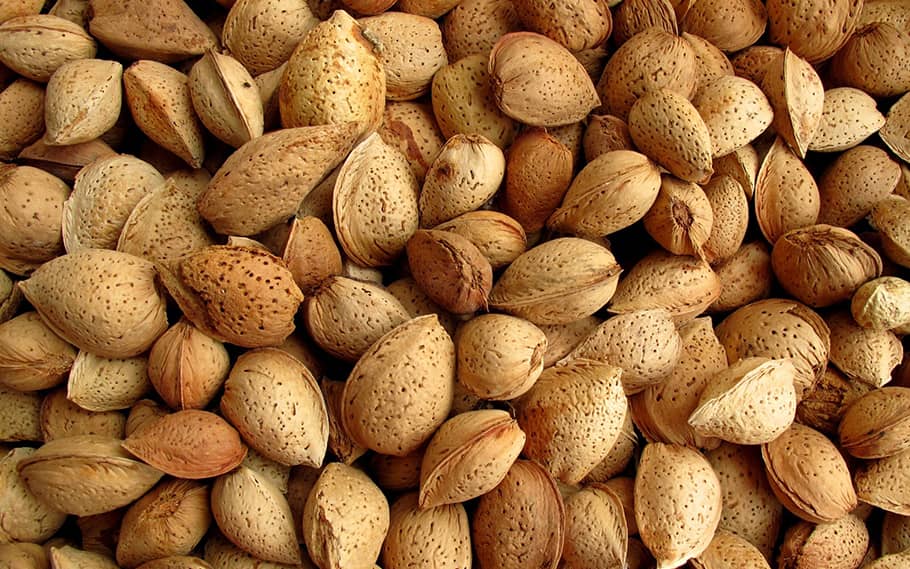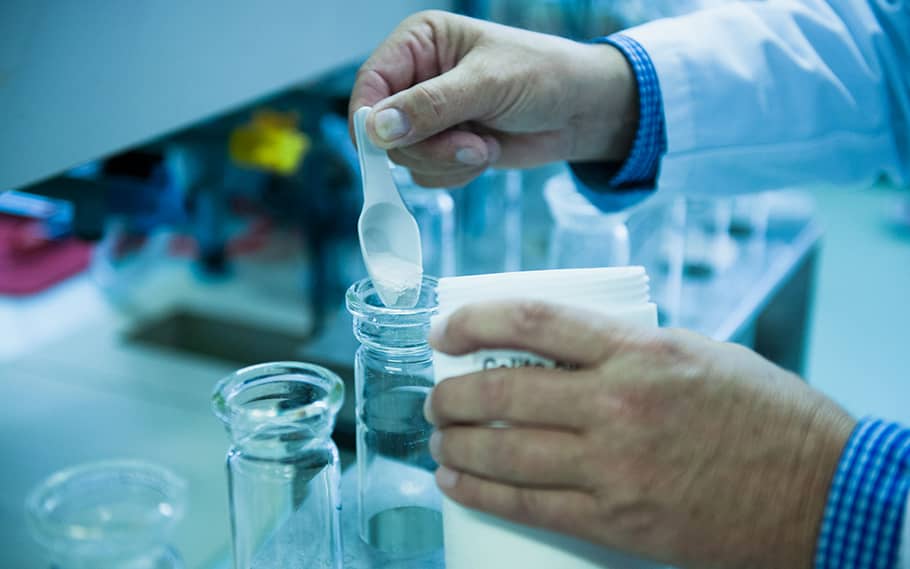Foodstuffs consist of a variety of components. Some of these are the nutrients, diverse natural ingredients or additives and foreign substances.
The latter may be present in foodstuffs only in quantities that are completely harmless to health. Corresponding maximum levels are laid down in Swiss legislation, among others in the Contaminants Ordinance (VHK).
Further legal requirements of the ingredients and quality of foodstuffs are defined in these ordinances, among others:
- FDHA Ordinance on Information on Foodstuffs (FoodIO)
- FDHA Ordinance on Foodstuffs for Persons with Special Dietary Requirements (SDRO)
- FDHA Ordinance on Foodstuffs of Vegetable Origin, Fungi and Table Salt (VFO)
- FDHA Ordinance on Foodstuffs of Animal Origin (AFO)
- FDHA Ordinance on Beverages
Are you looking for an accredited Swiss contract laboratory for the testing of ingredients in foodstuffs? We test for you according to state-of-the-art standards.
We will test for you in accordance with the Swiss Book of Foodstuffs (Schweizer Lebensmittelbuch, SLMB) using the latest methods.
Would you like to know which investigations are necessary to ensure the harmlessness and the marketability of your products? We would be happy to advise you which analyses could provide you with a suitable statement for the classification of quality of your foodstuffs.

![[Translate to english:] Analyse von Inhaltsstoffen [Translate to english:] Analyse von Inhaltsstoffen](/fileadmin/Content/05_Lebensmittel/Lebensmittel_Inhaltsstoffe/lebensmittel-inhaltsstoffe-header.jpg)



![[Translate to english:] Analyse von Inhaltsstoffen [Translate to english:] Analyse von Inhaltsstoffen](/fileadmin/Content/05_Lebensmittel/Lebensmittel_Inhaltsstoffe/lebensmittel-inhaltsstoffe-04.jpg)